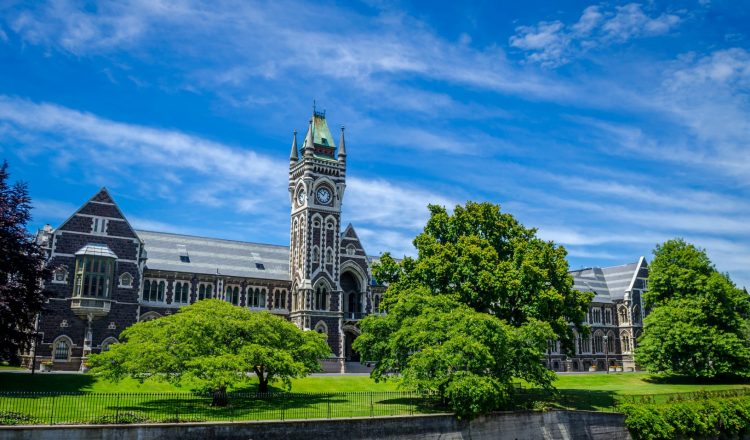我应该什么时候让我的孩子上中学?
学
生在完成 8 年级后进入中学,通常是 13 岁时(尽管有些学生年轻或更大)。
如果你的孩子要上你当地的国立中学,你可以在 8 年级注册他们。
如果您希望他们去私立或国立综合学校,请提前与学校核实,了解他们的入学过程和时间。有些学校可能有很长的等候名单,你可能需要提前几年申请才能找到一个地方。
如果你想让孩子去你所在地区以外的分区学校,请向学校查询时间和申请流程。
分区
分区意味着:
- 保证居住在学校区域(该区域)的儿童在当地学校有一个位置。
- 如果学校有额外的名额,住在区外的儿童可以申请这些地方。
- 如果学校有分区,您需要在申请注册孩子时提供该区域内的地址。这一定是你平时的居住地。如果学校发现你提供了虚假信息,他们可能会取消孩子的注册。
并非所有学校都有分区。
要查看学校是否有注册区以及您是否住在该区域,请访问教育计数网站上的 “查找学校” 工具,输入学校或地址并进行搜索。然后,您可以选择查看该学校或地址的注册区。
如果我想让孩子在学校报名,但我不在他们的区域怎么办?
每年,学校都必须在当地的报纸上发出通知,说:
- 可能有多少个区域以外的地方可用
- 这些地方的申请截止日期
- 任何区域外地点的投票日期。
但是,您可以随时联系学校询问分区问题,并让他们向您发送一份注册包,其中将有重要日期。
申请流程如何运作?
按以下顺序接受申请人:
- 必须优先考虑任何被接纳入学校开办的特别课程的申请人。
- 第二优先考虑任何申请人是学校在校学生的兄弟姐妹。
- 第三个优先事项必须是学校前学生的兄弟姐妹。
- 第四个优先事项必须给予任何申请人,如果是前学生的孩子。
- 必须优先考虑任何申请人,如果是学校董事会员工的子女或学校董事会成员的子女。
- 第六优先事项必须给予所有其他申请人。
如果董事会收到的申请少于可用名额,所有申请人都将被注册。如果学校收到的申请数量超过了职位,学校将举行空缺。在投票后的 3 个学日内,学校必须发信通知申请人投票结果。
然后,成功的申请人有 14 天的时间来确认他们接受或拒绝地点的出价。如果他们没有在这段时间内作出回应,那么该地点将提供给投票确定的等候名单上的第一个人。
我该如何报名我的孩子?
从学校获取注册表格和说明。要么去学校的网站,或者打电话索取表格和信息。
尝试在孩子开始第一个学期之前和孩子一起去学校。这将帮助他们熟悉学校,然后再回到那里和回家。如果你的中学有新生的入学日,那么鼓励你的孩子去,这样他们就能在教师和其他学生开始之前与他们见面。
他们开始时需要什么?
大多数学校都会提供新学生需要携带的一切清单,包括文具用品。如果你没有名单,请向学校查看他们想要学生带什么。
大多数中学都有义务制服,在许多学校,这包括体育设备。如果统一费用对你来说是个问题,那么请与学校核实,因为家长团体经常运行二手制服计划。
为了使事情有一个良好的开始并减轻压力,为孩子的第一天做好一切准备。
别忘了早餐和午餐。营养餐将帮助你的孩子学习得更好,保持警觉和健康。

















































